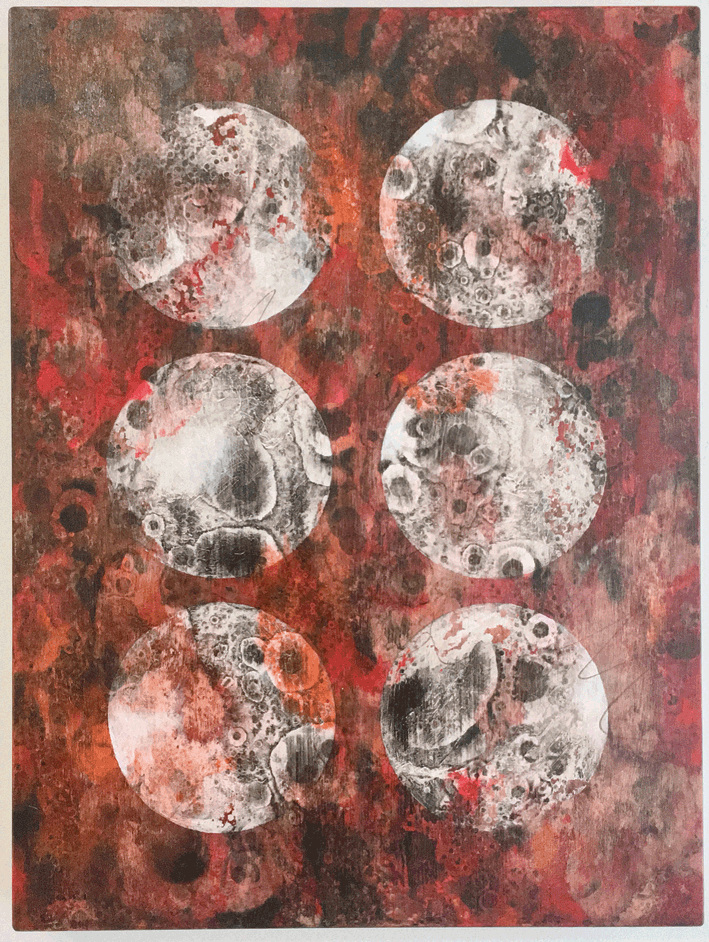
Soapstone has been used widely throughout history, by many cultures.Īncient Egyptian scarab signets and amulets were most commonly made from glazed steatite. Soapstone undergoes transformations when heated to temperatures of 1,000–1,200 ☌ (1,830–2,190 ☏) into enstatite and cristobalite on the Mohs scale, this corresponds to an increase in hardness to 5.5–6.5. Soapstone is often used as an insulator for housing and electrical components, due to its durability and electrical characteristics and because it can be pressed into complex shapes before firing. It has therefore been used for cooking and heating equipment for thousands of years. Soapstone is easy to carve it is also durable, heat-resistant and has a high heat storage capacity. No fixed hardness is given for soapstone because the amount of talc it contains varies widely, from as little as 30% for architectural grades such as those used on countertops, to as much as 80% for carving grades. Softer grades may feel similar to soap when touched, hence the name. Soapstone is relatively soft because of its high talc content, talc having a definitional value of 1 on the Mohs hardness scale. However, this mineral typically does not have such a soapy feel as soapstone. Pyrophyllite, a mineral very similar to talc, is sometimes called soapstone in the generic sense, since its physical characteristics and industrial uses are similar, and because it is also commonly used as a carving material. It commonly contains minor quantities of other oxides such as CaO or Al 2O 3. dunite or serpentinite) and the metasomatism of siliceous dolomites.īy mass, "pure" steatite is roughly 63.37% silica, 31.88% magnesia, and 4.74% water. Soapstone is formed by the metamorphism of ultramafic protoliths (e.g.


Petrologically, soapstone is composed dominantly of talc, with varying amounts of chlorite and amphiboles (typically tremolite, anthophyllite, and cummingtonite, hence its obsolete name, magnesiocummingtonite), and traces of minor iron-chromium oxides.


 0 kommentar(er)
0 kommentar(er)
